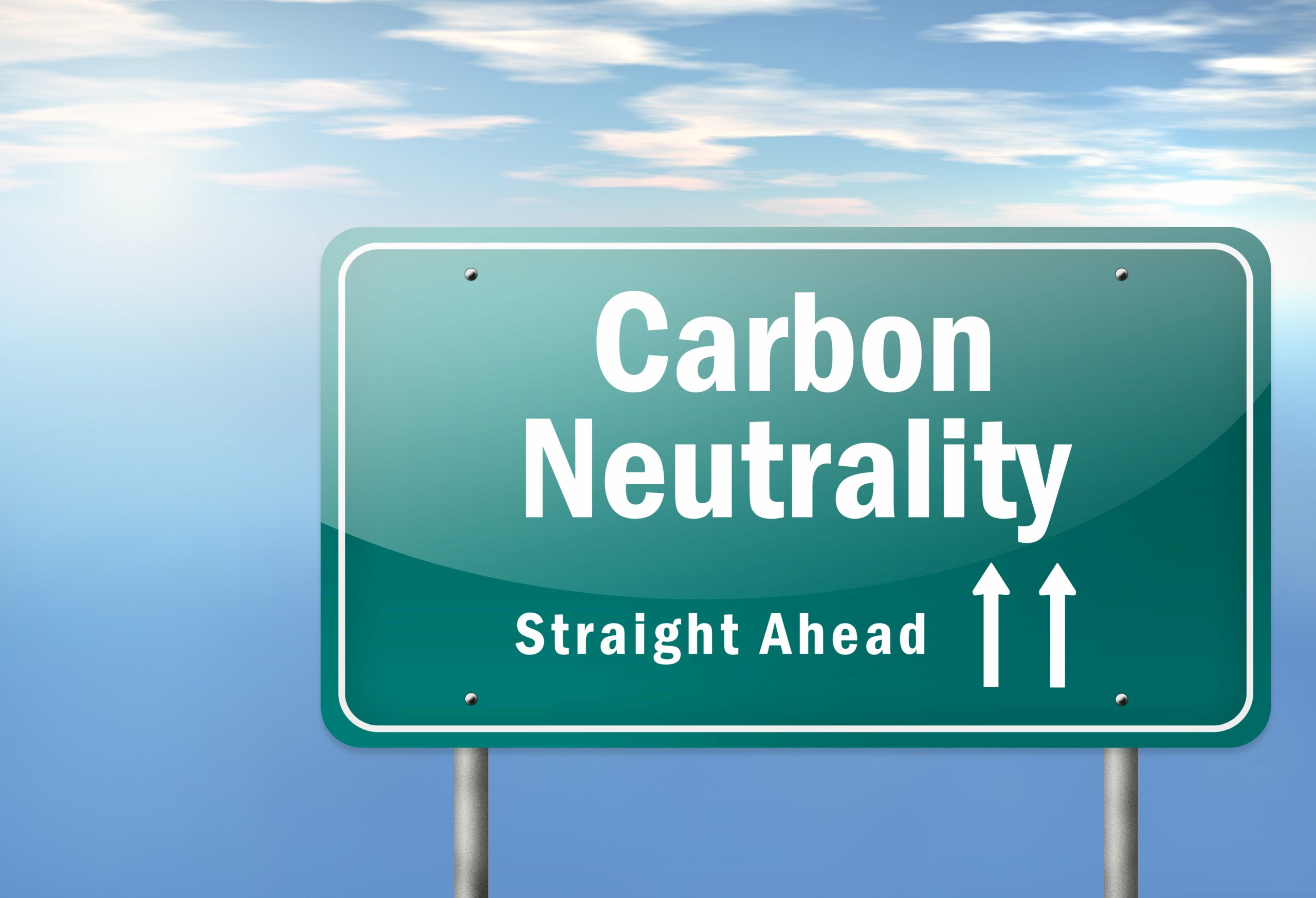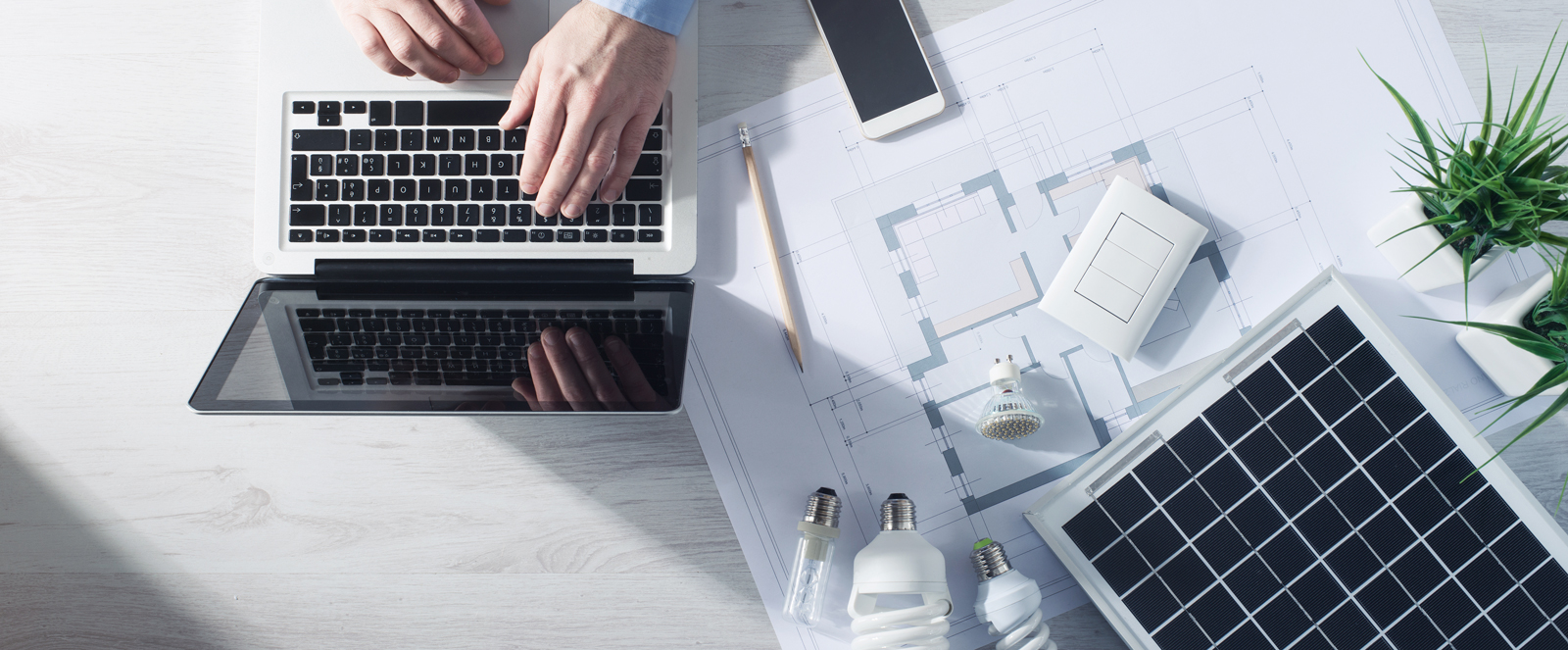As solar energy becomes more popular, many builders now include solar panels in their projects.
If you’re in construction, it’s essential to understand the basics of solar panel specs.
Here’s a handy guide to help you design, estimate, or install solar energy systems for your building projects.
1. The Type of Solar Panel: Mono vs. Poly Solar Panel Specs
The solar panel’s solar cell design is one of the most important solar energy specs.
There are two main types of solar cells.
Mono solar cells have a single crystal structure, which allows them to convert more light into power than poly panels can.
Poly panels have multiple crystals that can reflect sunlight, reducing efficiency.
However, mono solar cells are more expensive to produce, so poly panels are more common.
2. The Size of the Solar Panel: Wattage and Area Solar Panel Specs
The wattage tells you how powerful the solar panel is and affects how much power it can generate.
A solar panel’s wattage should closely match the power requirements of your building or solar array.
This ensures constant and adequate power generation during the day.
The area is the size of solar panels in square feet, affecting how easily they integrate into a roof design and the number you’ll need to meet your energy needs.
The solar cells’ efficiency also affects how much power each one produces.
3. The Age of the Solar Panel: Warranties and Efficiency
Sourcing solar panels secondhand can significantly reduce costs.
However, it helps to note the age and how this affects the warranty and efficiency.
It would help if you also determined whether the warranty is transferable.
Most solar panels have a 25-year warranty, but the efficiency drops over time.
Make sure you factor this into your design to ensure the people living inside the homes get the best return on investment over time.
4. The Weight of the Solar Panel: Mounting Systems and Strength Considerations
Regarding solar panel specs considerations, weight affects how easily you can install a solar system.
Some manufacturers offer a lightweight solar panel design option that’s easier to handle but costs more per unit.
Consider using a heavier solar panel if you’re trying to save on installation costs.
Solar panel manufacturers also offer a range of mounting systems to fit your needs, from permanent roof mounts to easy-to-use tilt legs.
The strength of the panels is essential for two reasons: wind and snow loads.
Make sure you choose a solar panel that can withstand the local weather and climate conditions.
5. The Temperature of the Solar Panel: Operating Temperatures and Durability
Solar panels work best when they’re warm but not too hot.
Consequently, manufacturers rate their products according to an operating temperature.
Most solar panels still operate within a reasonable range of efficiency at high temperatures.
In addition, solar panels often have a maximum temperature rating for durability.
The temperature coefficient is crucial if you’re building in an area with high temperatures or on roofs that can get hot very quickly, such as the Desert Southwest.
Understanding the solar panel specs can better inform your build decisions.
Seamlessly Add Solar to Your Builds
We at Unbound Solar can give you all the information you need for a well-designed system.
We even have a Builder Program to walk you through the installation process so you can develop a team of specialized solar installation experts for future builds.
Get started with a quote today!



